According to the Health, Labor and Welfare Ministry, there were about 10,000 coin laundries nationwide in fiscal year 1997. The number is estimated to have exceeded 24,000 in 2021. In a society where washing machines are almost a necessity, the number of coin laundries in Japan is still increasing year by year, reflecting not only the transformation of the Japanese family structure, but also how traditional businesses are seeking to in- novate in order to meet the needs of contemporary life.
LAUNDRY HOLIDAY is one of the many laundromats in Japan. It includes an ice cream shop and converting the laundry folding table into a ping- pong table which attracts more families and children, making laundry an enjoyable outing for them. Indeed, they created a synergy effect – expanding the laundromat’s catchment area and achieving revenue stabilization by leveraging the fact that the peak and off-peak periods for the laundromat and ice cream shop are entirely opposite.
Twenty-five years ago, Naomi Shinonaga’s family opened a coin laundry in Shikokuchuo City, and they decided to renovate and open LAUNDRY HOL- IDAY in 2022. The store officially opened on May 22, 2022, since then, their sales have increased by 140% compared to before the renovation. The corporate philosophy of LAUNDRY HOLIDAY, is to create a place like a town’s veranda, where people naturally gather, play ping pong, have some coffee and ice cream, enjoy conversations with friends, and add color to the everyday lives of people, much like the warm atmosphere that Setouchi offers, even without the need for laundry.
Native Power on Natives
According to the observation of Naomi, originally, coin laundries were considered part of the essential infrastructure for Japanese daily life, shift- ing from a function that primarily washed everyday clothing to one that accommodated larger items like bedding. However, with the changing lifestyles due to the increase in dual-income households, the need for the convenience of time-saving in laundry, whether for everyday clothing or larger items, has
risen in recent years. Many individuals are now seeking a rich lifestyle while balancing work and household chores. As a result, coin laundries have evolved to provide added value, such as incorporating cafes or co-working spaces, making the time spent there more fulfilling and adding design elements. They have transformed into small, multi-functional facilities within the community.
Prior to the renovation, the laundry experience in LAUNDRY HOLIDAY often involved waiting in cars for the laundry to be completed, which could be quite dull. “Our coin laundry was becoming outdated, we were considering whether to close it down or continue its operation. During this deliberation, I had the idea of completely renovating it if we decided to continue.” Naomi said. At that moment, she came up with the idea of incorporating an ice cream shop, which he had been contemplating for a while. She wished to turn the waiting time into a more enriching experience and considered adding additional content to the laundry business.
The idea has to do with Naomi’s upbringing. She now is the CEO and Creative Director of COSMOS TRADING INC., the company that operates YOSHIO ICE CREAM. She gained experience in marketing while in New York, USA. After returning to Japan, she at- tended the MBA program at Waseda University and graduated. She has been involved in launching and managing apparel brands (Koe, Koe green, hotel Koe Tokyo, and Koe donuts) as the Brand Manager and Creative Director of a major Japanese apparel company (STRIPE INTERNATIONAL INC.). Additionally, she has experience in planning and operating new businesses such as cafes and hotels. Similarly, she is currently a freelance brand producer in Tokyo. She assists in building brands, primarily in the B2C sector, including apparel, food and beverage, and hotel businesses. She leads a dual lifestyle with bases in both Tokyo and Ehime, where the laundromat is located.
During her time living in New York, she was struck by the sight of people of all ages, backgrounds, and genders enjoying ice cream at ice cream shops. Their enthusiasm and the way they savored the ice cream left a lasting impression on her. “I was inspired by the idea of running an ice cream shop, something I had wanted to do for a while, and thought it would be fascinating to combine it with the laundry business.” Naomi said.
Naomi loves to think about that moment when you wake up slowly on a holiday morning and catch the scent of freshly washed clothes with the lingering aroma of soap. It makes her feel truly happy. “Those little everyday moments like this enrich our daily lives. I want every day to feel like the leisurely morn- ing of a holiday. That’s why I named it ‘LAUNDRY HOLIDAY’ because I hope to turn the everyday chore of laundry into valuable time.” Naomi said.
After the renovation, the laundromat received feedback that people are delighted to have a place where they can easily drop by and take a break. Additionally, while there were many people who used to come alone for laundry in the past, the inclusion of the ice cream shop and converting the laundry folding table into a ping-pong table has attracted more families and children, making laundry an enjoyable outing for them.
The architecture company SUPPOSE DESIGN OFFICE responsible for the renovation is of course behind the success of LAUNDRY HOLIDAY. The company is based in Hiroshima and Tokyo, led by architects Makoto Tanijiri and Ai Yoshida. It has made a name for itself nationally and abroad, most notably for commercial interior and residential projects. There’s that quote on the SUPPOSE DESIGN OFFICE website, “Just the stars, Even if each one of them has no meaning or function, But when they are connected, they are called ‘constellations,’ They give birth to new meanings. Each tree has a different shape, But when they come together, they are called ‘nature,’ beautiful landscapes.”
Naomi believes that one of the distinctive features of SUPPOSE DESIGN OFFICE is their ability to add a sense of familiarity to sophisticated spaces and go above and beyond expectations with their designs. They have had a good relationship since Naomi en- trusted them with the design work for the opening of hotel koe tokyo in Shibuya, Tokyo during his previous position at an apparel brand. Being from the same Setouchi area, they share a common language when it comes to the local atmosphere and ingredients. “The fact that they have consistently delivered results that exceeded my imagination in past projects was a deciding factor for choosing them.” Naomi said.
According to what I mentioned at the beginning, their sales have increased by 140% compared to before the renovation. This validates the conclusions noted in the report “Entrepreneurial Eco- systems: The Foundations of Place-based Renewal”, which says entrepreneurship has a key role to play in innovating the renewal of place and the value creation of entrepreneurs takes precedence.
Naomi explained that small towns like Shikokuchuo City often face significant information disparities compared to urban areas, and traditional practices can persist, making it challenging for new information to penetrate. However, there are people who have returned to their hometowns from cities or have relocated here from elsewhere. Among them are entrepreneurs and creative individuals who are contributing to the revitalization of these regions.
“For instance, we use the space where the laundromat is located to plan and host regular events, with a focus on food, and it’s become a hub for people to gather, fostering a sense of community. I believe that such activities are in demand as they are relatively scarce, and they help in expanding social connections and networks.” Naomi added.
LAUNDRY HOLIDAY Community
Shikokuchuo City, the location of LAUNDRY HOLIDAY, is a small city with a population of less than 100,000. In Naomi’s opinion, the area is very slow and local, so it is close to each other. People say hello to each other in the morning and start chatting, which is a daily routine. If there are some places to do it, where would make you happier.
It’s headquarters to many manufacturing companies and is economically prosperous. The population has been declining, but there’s turnover due to job relocations, and a high percentage of women in the workforce, lead- ing to many dual-income households, making the demand for laundry services high.
LAUNDRY HOLIDAY is located along a major road, ensuring high visibility, and providing a safe environment for our customers. While there are few establishments in rural areas implementing new approaches, they have received positive feedback from many customers, which they greatly appreciate.
Initially, the target audience LAUNDRY HOLIDAY aimed for were families in the 30-50 age group living in the vicinity. The catchment area for a laundromat typically extends to a radius of about 3 kilometers, and at most 5 kilometers, for those who use cars. This demographic has indeed become the main user group. From an age perspective, they also have a significant number of senior families in the 60-70 age range.
The operating ethos of YOSHIO ICE CREAM embodies Naomi’s commitment to community building – sup- porting local producers and suppliers by using locally sourced ingredients, which allows YOSHIO ICE CREAM to build a network of farmers.
To give you a better idea of the details of LAUNDRY HOLIDAY renovation, here’s our conversation with Naomi.
CTI: What is the architectural concept of LAUNDRY HOLIDAY? How does it speak to the neighborhood? How does the concept translate into actual operations?
Naomi: This project involves renovating an old coin laundry and incorporating an ice cream shop into it. The SUPPOSE DESIGN OFFICE has skillfully transformed the original building, making minimal modifications while adding the necessary functions for each business, resulting in an attractive expansion. They have successfully expressed the essence of Setouchi, aligning with the concept and creating a harmonious at- mosphere that blends with the nostalgic charm of the old building and the surrounding nature. The coin laundry, based on the concept of “365 days HOLIDAY,” has replaced the laundry workstations with ping pong tables, transformed the facade and column wraps into benches, and created a cozy space under the eaves. This space allows customers to enjoy ice cream while waiting for their laundry, serving as a rest area and becoming a social hub within the community.
CTI: How did you choose between new spaces and old structures in the remodel- ing of the space? What are the difficulties encountered?
Naomi: In accordance with the architectural concept, we made decisions regarding what to preserve and what to demolish based on considerations of design and functionality. From a design perspective, the large warehouse had nostalgic charm due to its use of corrugated sheets, so we decided to preserve it and enhance the building’s visibility by adding transparent corrugated sheets. This allowed us to maintain the Setouchi spirit while improving the structure’s visibility. In terms of functionality, we needed to expand the park- ing space. To achieve this, we decided to demolish an old building within the property, level the uneven terrain, and ensure parking for up to 16 vehicles. Preserving the building held historical significance and strong emotional attachments, so reaching a consensus among the company’s team members regarding the demolition was a challenging task.
CTI: What has LAUNDRY HOLIDAY renewed? What has been preserved? What is special about the forms, structures and materials in space?
Naomi: The transformation of the warehouse, which initially served as a coin laundry, was approached with the idea of maximizing its appeal while preserving its unique character. The original building exhibited signs of aging due to the coastal environment and random signage, creating a some-what weathered impression.
To convert this warehouse into an appealing space with minimal modifications and extensions, we considered how to leverage and retain its distinctive features. The triangular site, approximately 40 meters wide at the entrance, is situated at the rear of a shrine’s forested area. To fully utilize this space and connect it with the shrine’s lush greenery, we demolished the unused structure at the front of the site. This not only established a visual connection to the shrine but also ensured visibility from the nearby intersection.
The existing warehouse underwent a transformation where the facade’s windows and exterior materials were re- moved and replaced with fully transparent corrugated panels. Inside and outside the warehouse, a new structure was installed to house the 4×4 meter ice cream shop, allowing it to pass seamlessly through the entire space.
The green tiles used in the finishing were selected to capture the essence of the Setouchi region, reflecting its natural character and providing an iconic presence. The intention was to create a harmonious atmosphere, blending nostalgia and the warehouse’s unique charm with the natural surroundings, so that the weathered aspects became part of its appeal.
CTI: What were the considerations behind the choice to extend the ice cream space beyond the laundry space, in addition to its functional purpose?
Naomi: First, promoting community and interaction. LAUNDRY HOLIDAY is positioned as a place focused on the local community. The expansion of the ice cream space created more opportunities for people to gather, interact, and socialize. Customers can enjoy ice cream while waiting for their laundry or spend relaxed time with friends. Second, diverse customer experiences. The combination of laundry services and an ice cream shop provides diverse customer experiences. Customers can enjoy ice cream while their laundry is in progress or simply relax. This allows customers to spend more extended periods at the facility, fostering a sense of community. Third, business diversification. The expansion of the ice cream space enabled business diversification. With ice cream available year-round, it contributed to revenue stability. Fourth, aesthetic appeal and iconic presence. The design and location of the ice cream space harmonize with the environment and create a unique iconic presence. This contributes to the building becoming a part of the local identity and blending with the surrounding landscape.



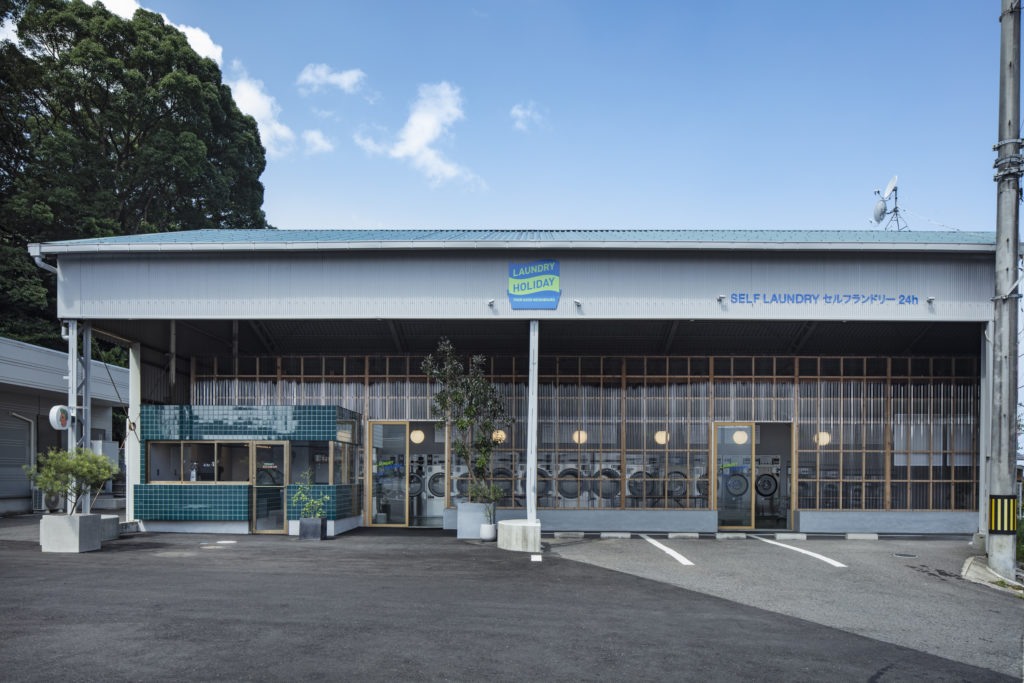
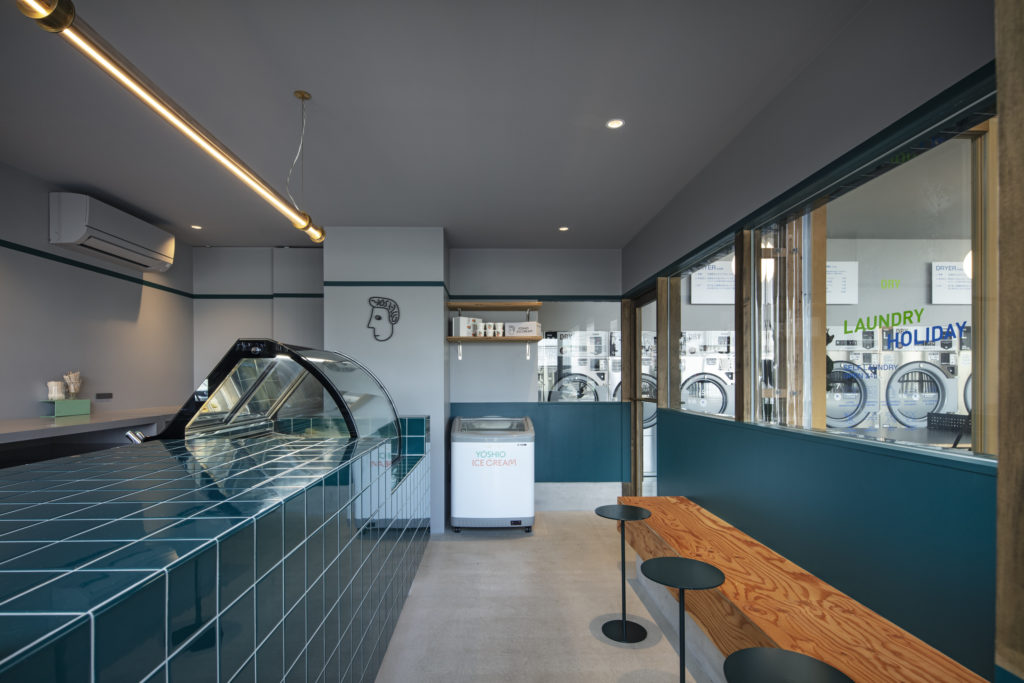
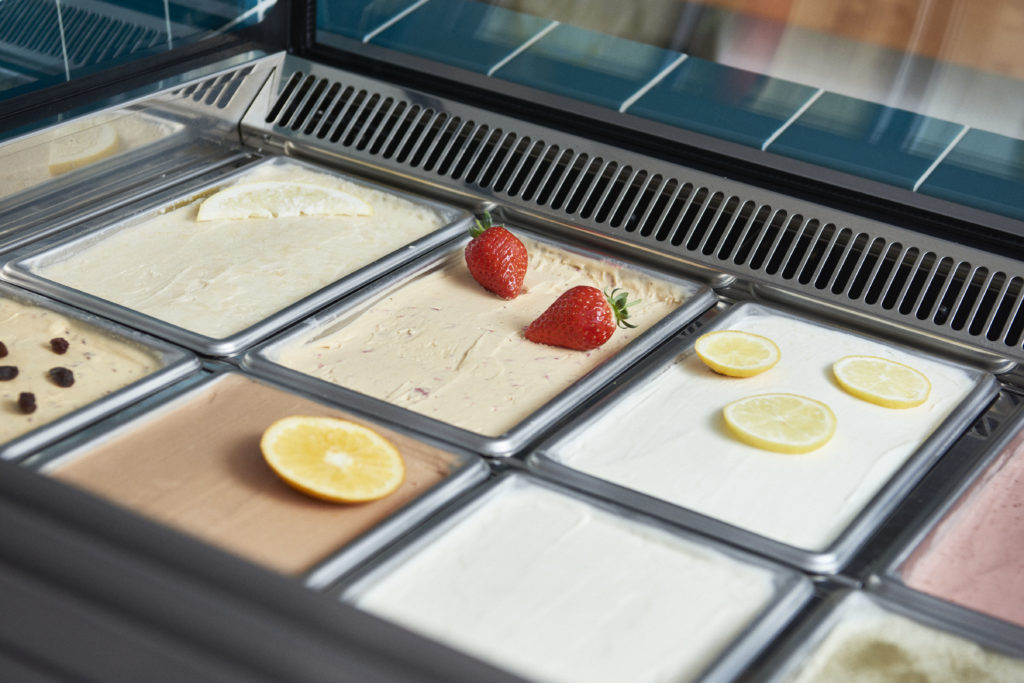
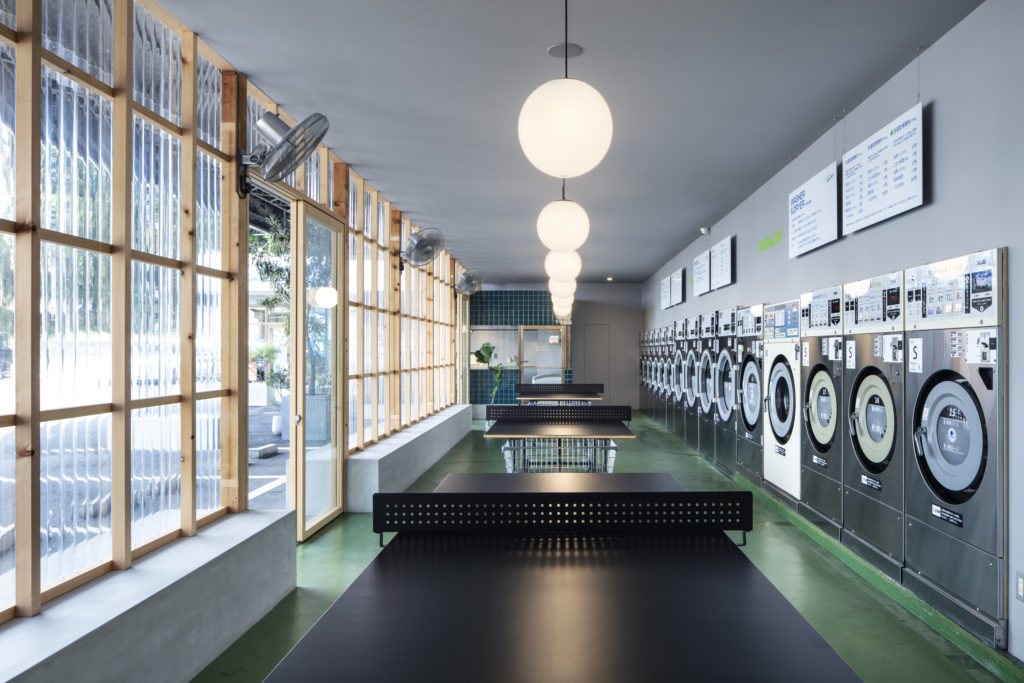
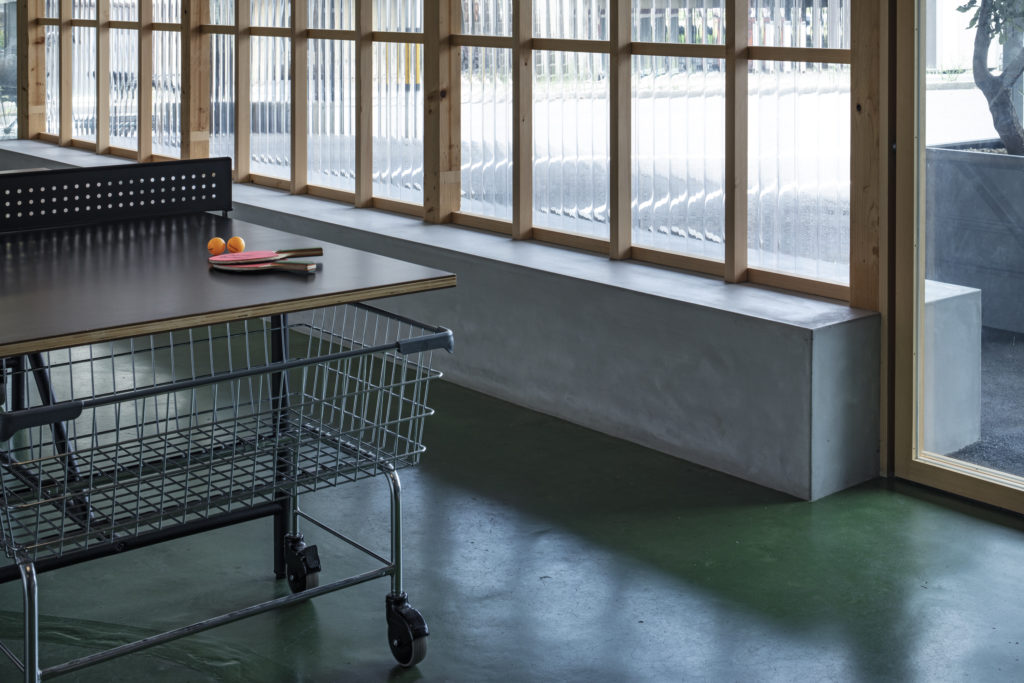
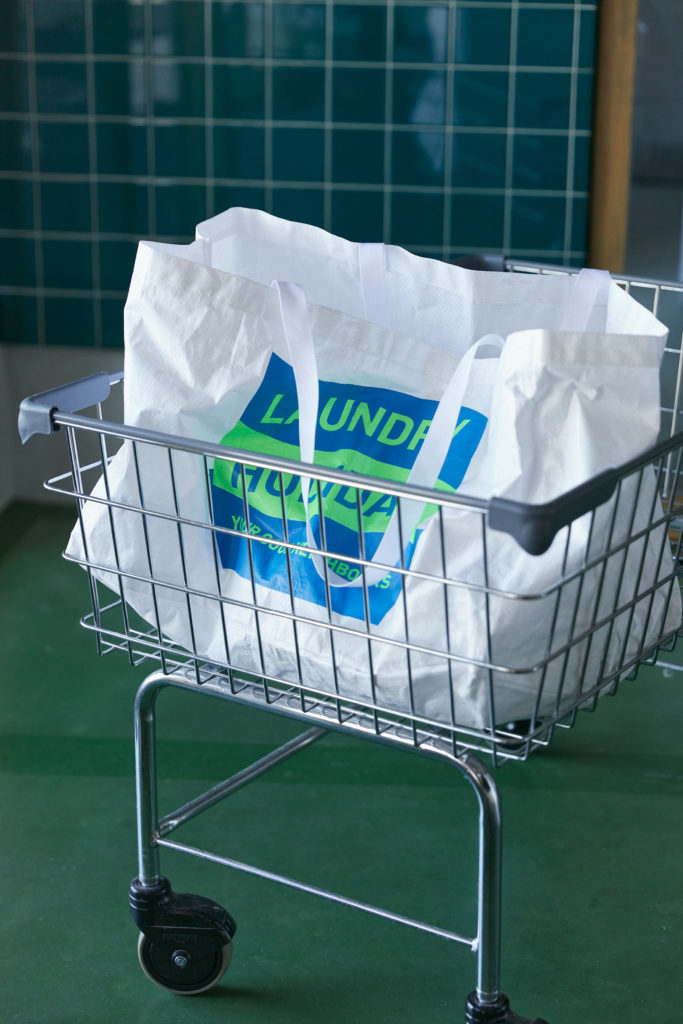


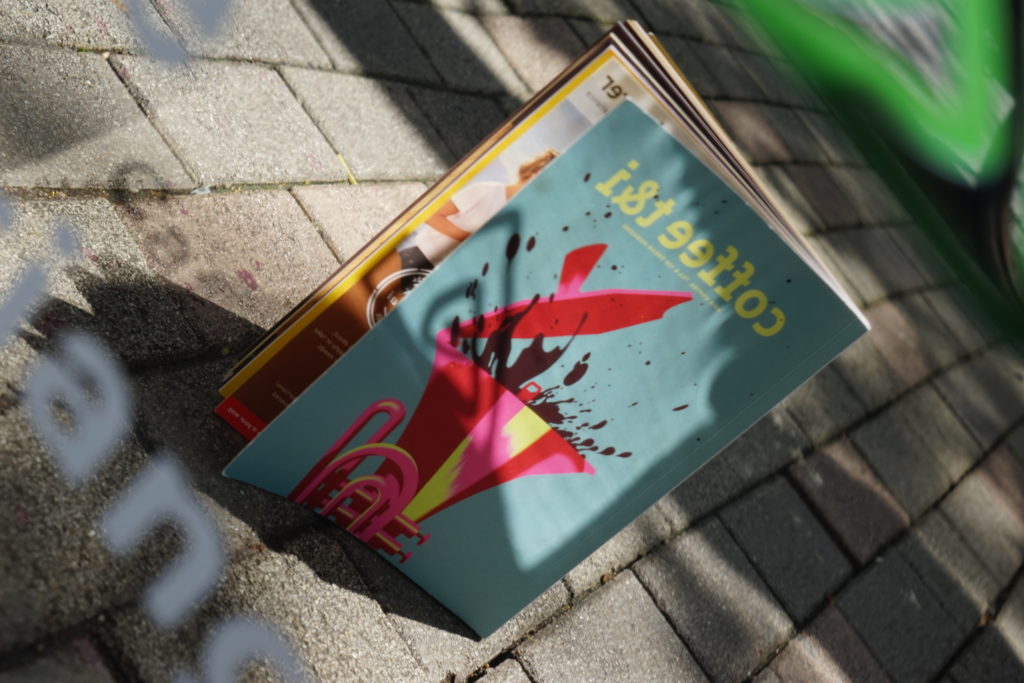
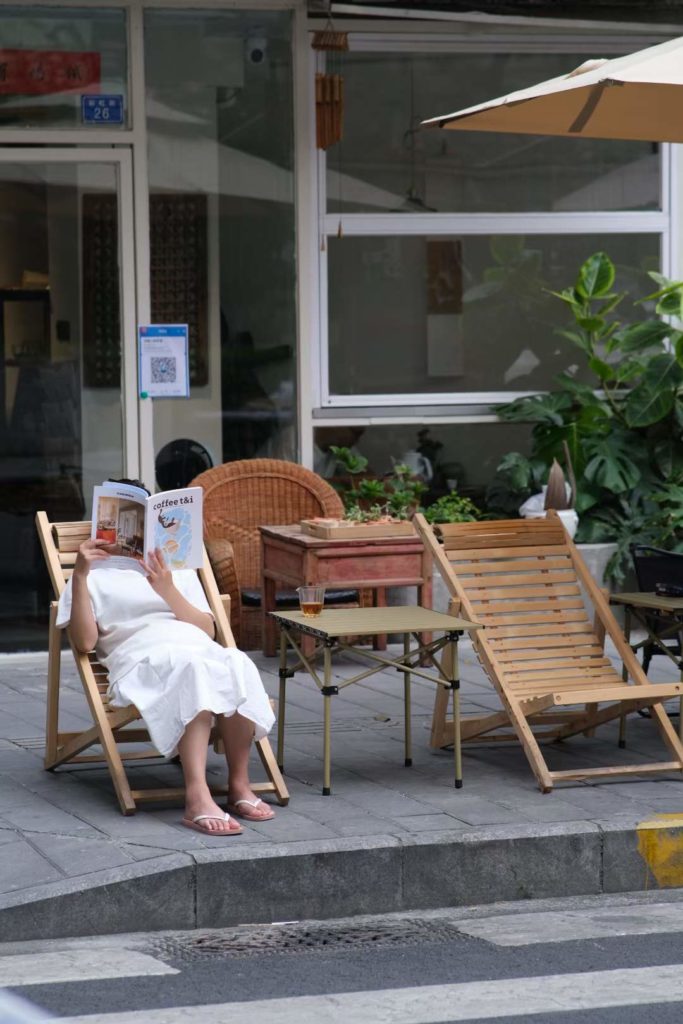

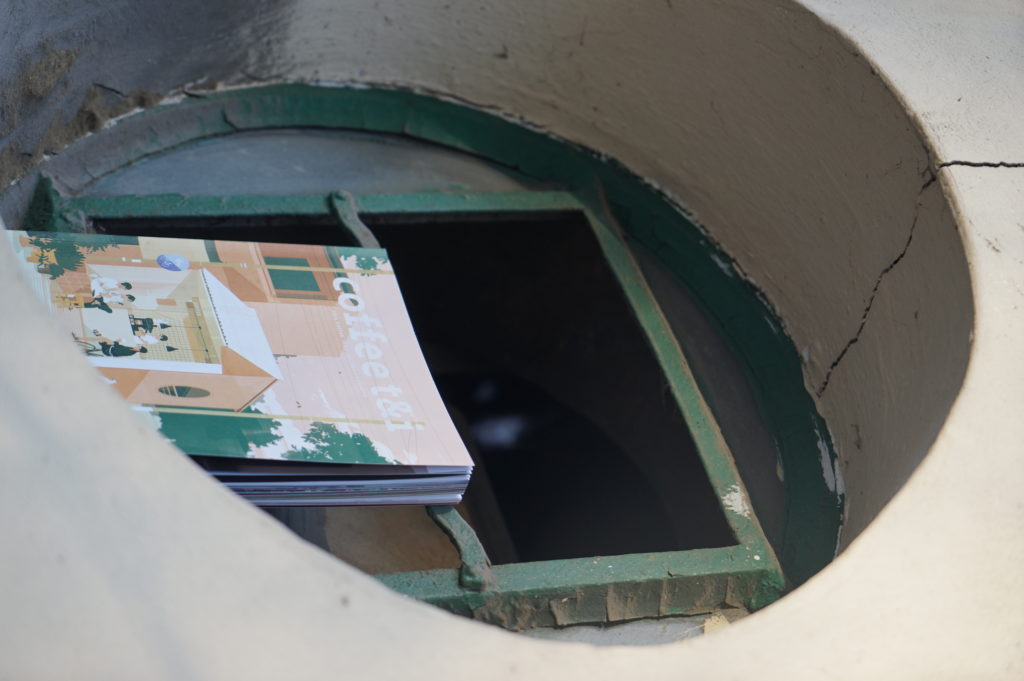
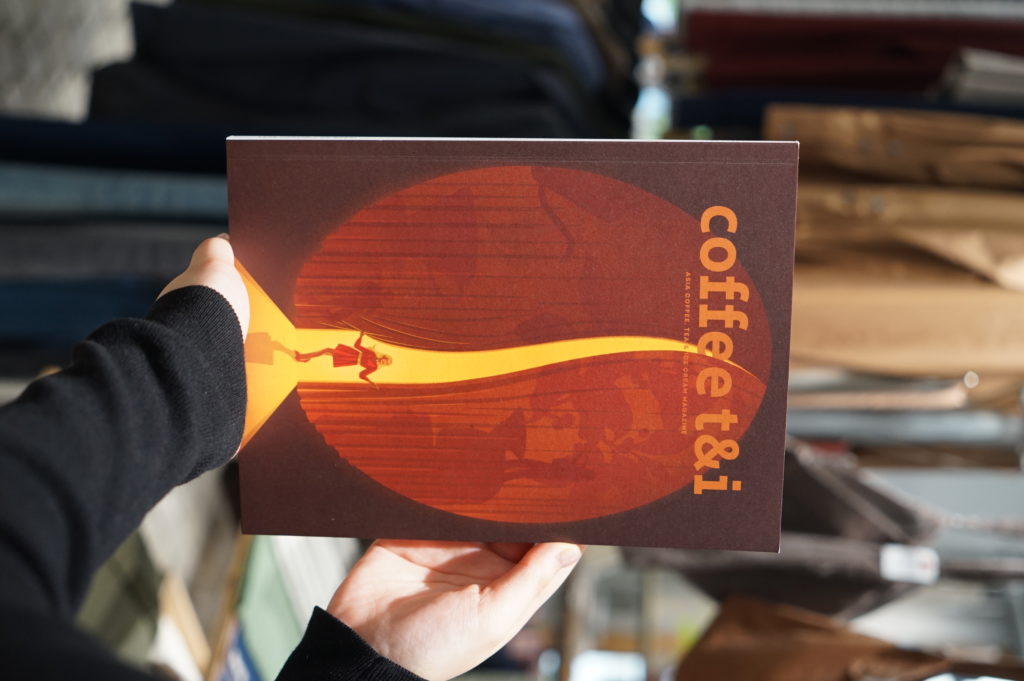

NO COMMENT